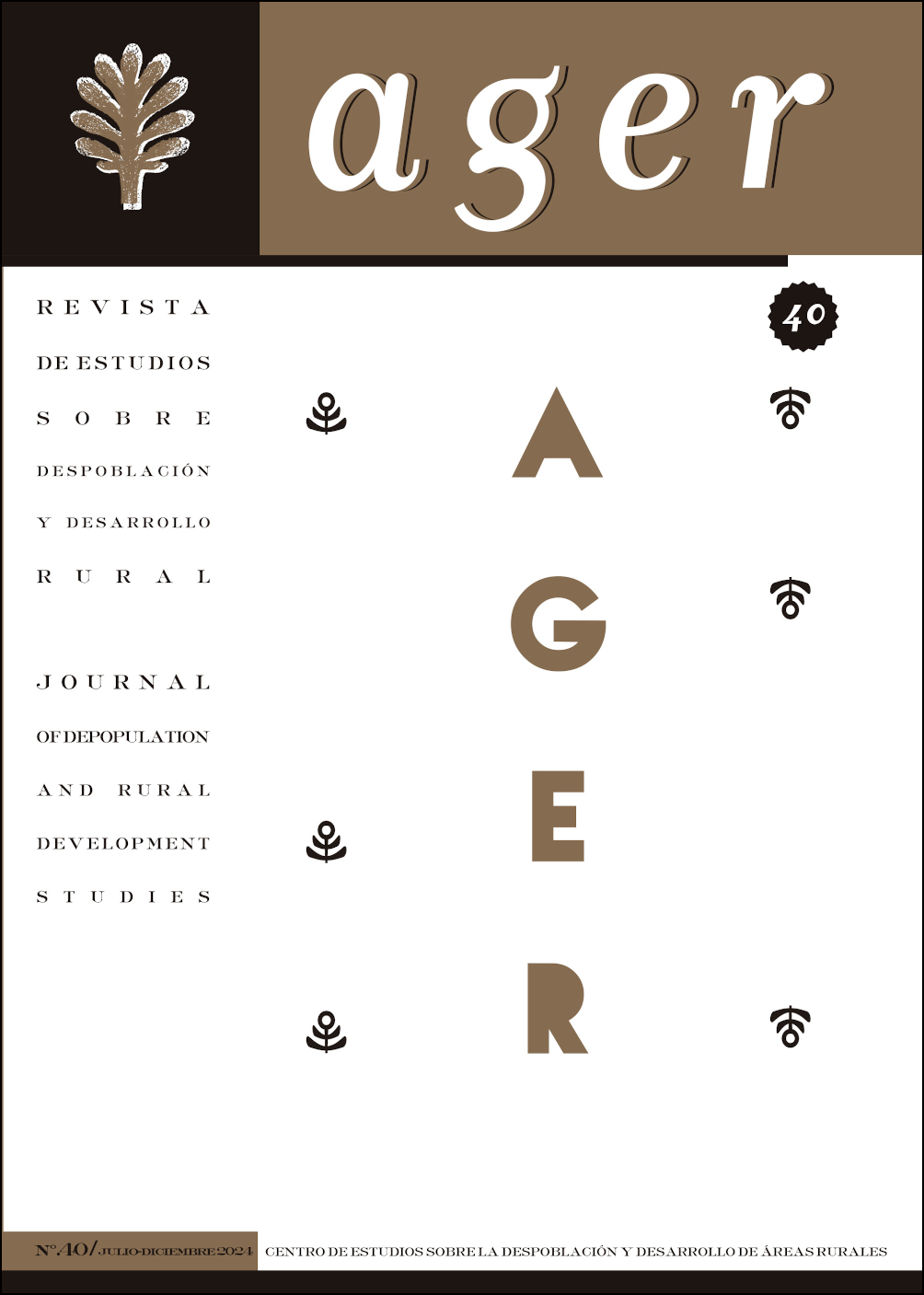El impacto socioeconómico y territorial de la COVID-19 en la población (extranjera) en zonas rurales de Aragón: ¿revitalización demográfica?
(Artículo de monográfico)
Resumen
La hipótesis de una “reactivación rural” ha estado presente desde el inicio de la pandemia de la COVID-19, y si esta crisis iba a suponer un cambio estructural en la evolución demográfica de las zonas rurales. En esta aportación se analiza la influencia que la pandemia ha tenido en la dinámica demográfica de las zonas rurales en Aragón, en un contexto nacional; en concreto, en la evolución y distribución de la población total, y también de la población de origen extranjero, incluidos los TCNs (extranjeros procedentes de países de fuera de la UE). Se analiza cómo la pandemia ha afectado a la evolución y distribución de esos colectivos de población por tamaños de municipio (rural, semirural y urbano). Posteriormente, se prestará atención a la evolución de algunas variables económicas para comprender cómo la pandemia ha afectado al colectivo de población extranjera. Para ello, las fuentes estadísticas utilizadas son el Padrón y la Encuesta de Población Activa (EPA) (INE). Los resultados indican que no se ha producido aumento de los empadronados en las zonas rurales de Aragón y España, pero sí de extranjeros y también de TCNs, aunque esta afirmación es matizable según los territorios. Pese a algunos crecimientos de algunos colectivos en determinadas zonas rurales, todo parece indicar que la crisis de la COVID-19 no ha supuesto una transformación importante de cara al ansiado “renacimiento rural”.
Descargas
Publicado
Número
Sección
Licencia

Esta obra está bajo una licencia internacional Creative Commons Atribución-NoComercial-SinDerivadas 4.0.
Aquellos autores/as que tengan publicaciones con esta revista, aceptan los términos siguientes:
- Los autores/as conservarán sus derechos de autor y garantizarán a la revista el derecho de primera publicación de su obra, el cuál estará simultáneamente sujeto a la Licencia de reconocimiento de Creative Commons que permite a terceros compartir la obra siempre que se indique su autor y su primera publicación esta revista.
- Los autores/as podrán adoptar otros acuerdos de licencia no exclusiva de distribución de la versión de la obra publicada (p. ej.: depositarla en un archivo telemático institucional o publicarla en un volumen monográfico) siempre que se indique la publicación inicial en esta revista.
- Se permite y recomienda a los autores/as difundir su obra a través de Internet (p. ej.: en archivos telemáticos institucionales o en su página web), lo cual puede producir intercambios interesantes y aumentar las citas de la obra publicada. (Véase El efecto del acceso abierto).

